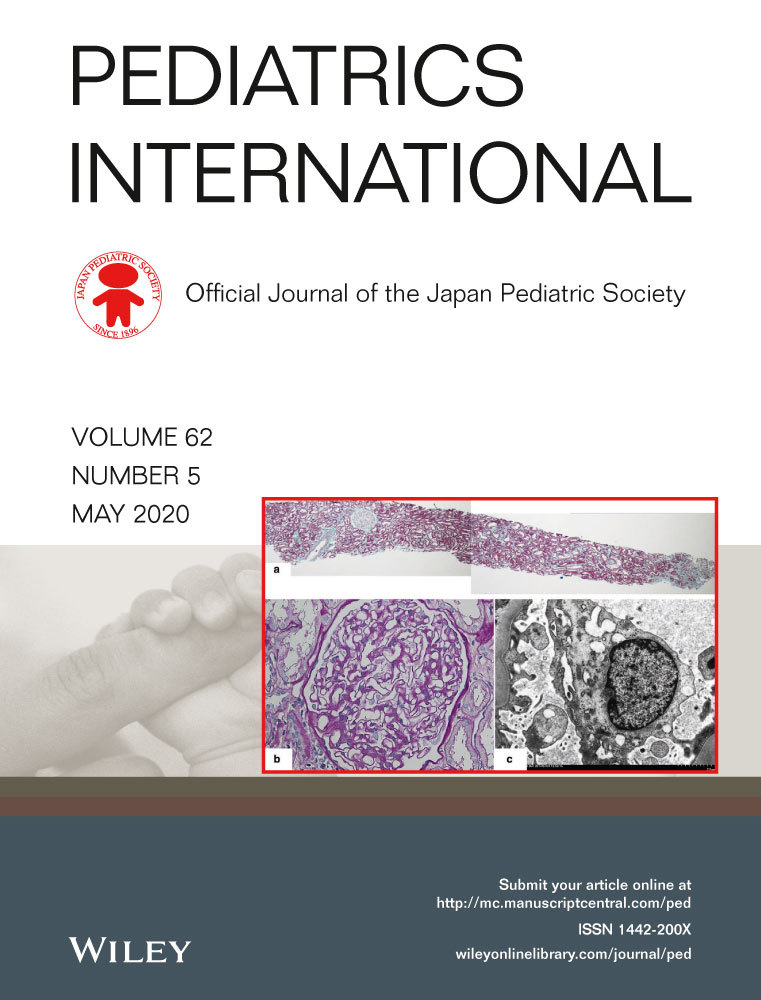Differentiation of simple renal parenchymal cyst and calyceal diverticulum
Abstract
Background
Calyceal diverticulum is the cystic eventration of the upper urinary tract within the renal parenchyma, which gives the first impression of a simple renal cyst and therefore can easily be misdiagnosed. We conducted a study to assess the role of static-fluid magnetic resonance (MR) urography in the differentiation of renal parenchymal cysts and calyceal diverticulum in comparison with focused renal ultrasonography (US).
Methods
Focused renal US, static-fluid, and excretory MR urography studies of 45 children who were admitted to our pediatric nephrology department with a diagnosis of renal cyst were reviewed retrospectively. Excretory MR urography was accepted as gold standard for the diagnosis of calyceal diverticulum. Sensitivity and specificity of focused renal US and static fluid MR urography in the diagnosis of renal calyceal diverticulum were assessed. Interobserver agreement between three radiologists in the diagnosis of calyceal diverticulum on MRI was also evaluated.
Results
The study included 29 patients (13 boys and 16 girls) aged between 6–18 years (mean 11.5 ± 4.1). Five calyceal diverticula and 24 solitary renal parenchymal cysts were diagnosed. The sensitivity and the specificity of focused renal US were 40% and 100% in the diagnosis of calyceal diverticulum. The sensitivity and the specificity of static-fluid MR urography were 100% and 91.6%, respectively. The degree of interobserver agreement was excellent for the diagnosis of diverticulum for static-fluid MR urography (κ = 0.86, 95% CI: 0.71–1.00).
Conclusions
Static-fluid MR urography can be successfully used in children for the differentiation of renal parenchymal cyst and calyceal diverticulum due to its high sensitivity and specificity, without exposing children to ionizing radiation or intravenous contrast agents.
Disclosure
The authors declare no conflict of interest.




